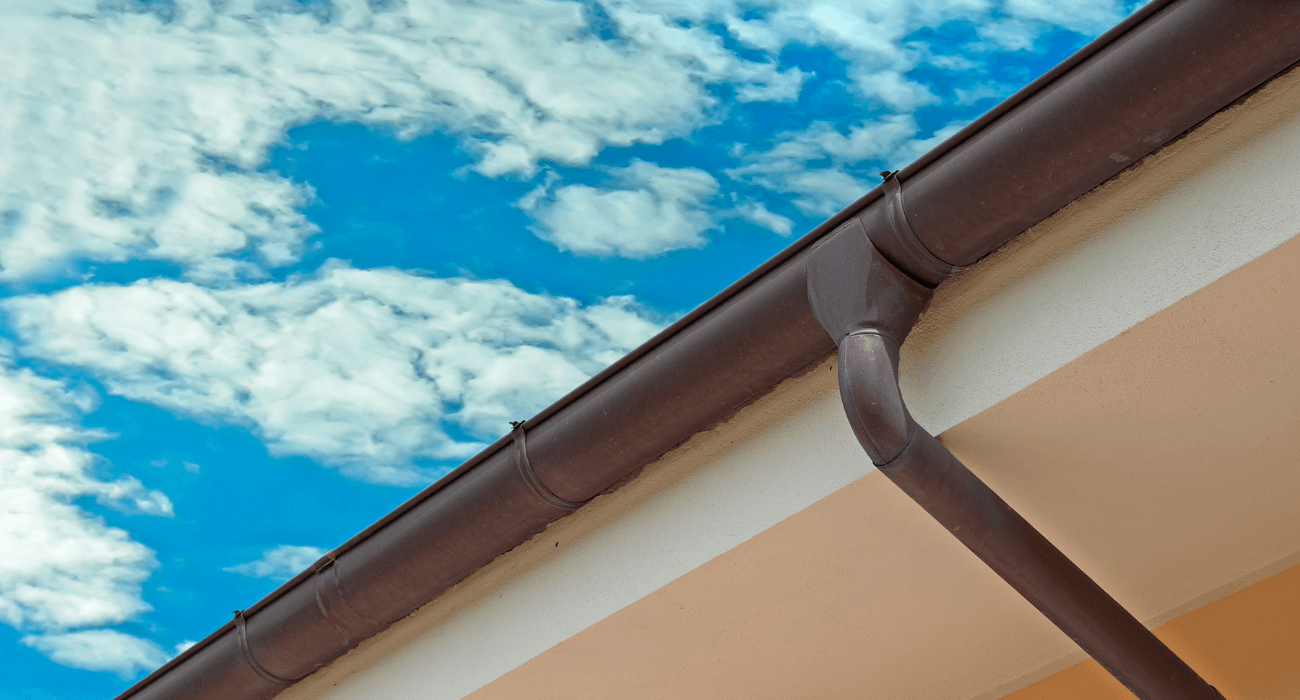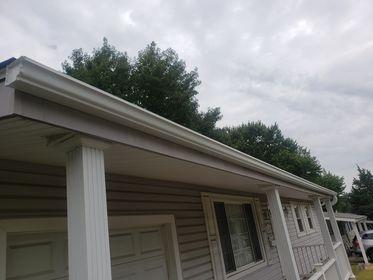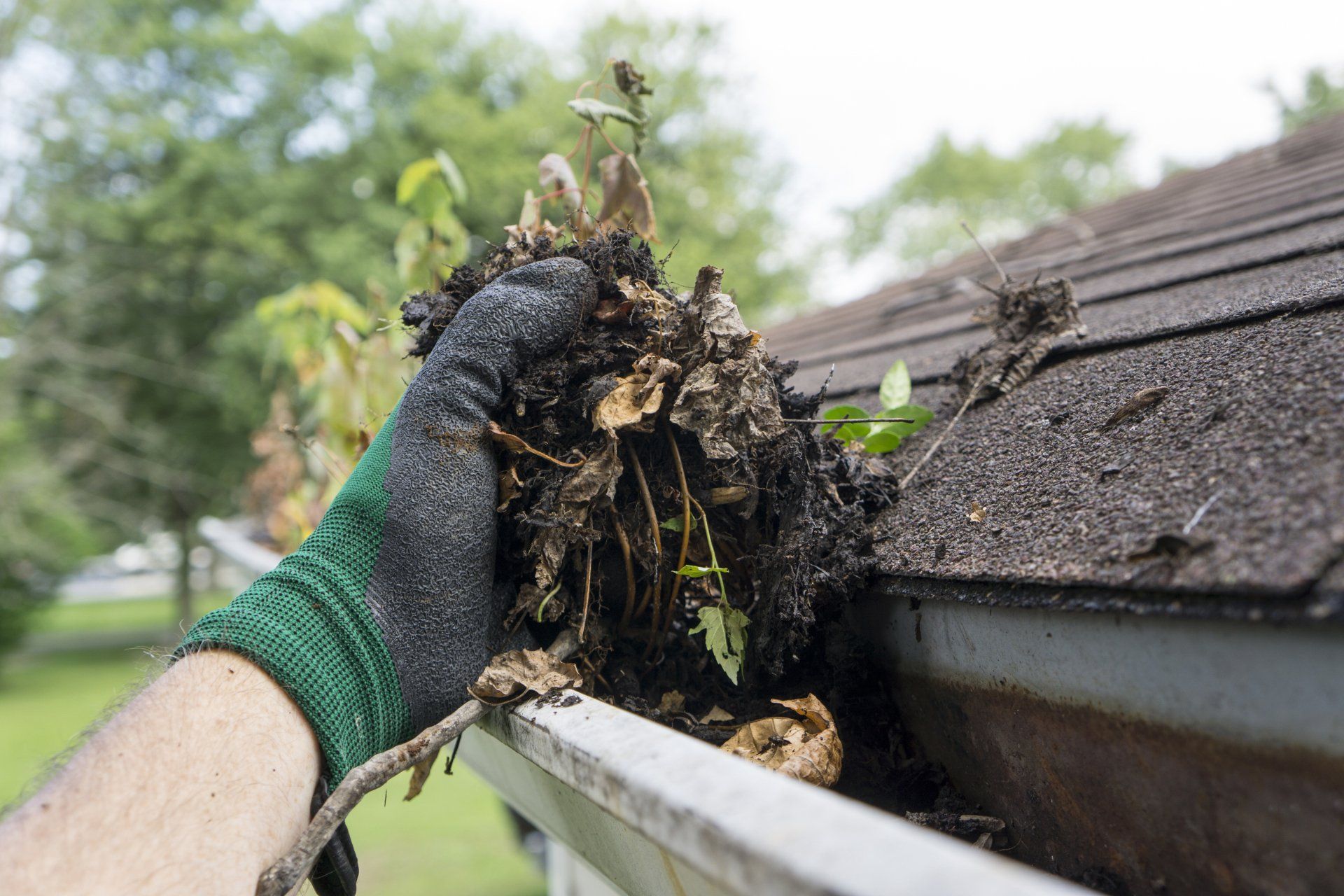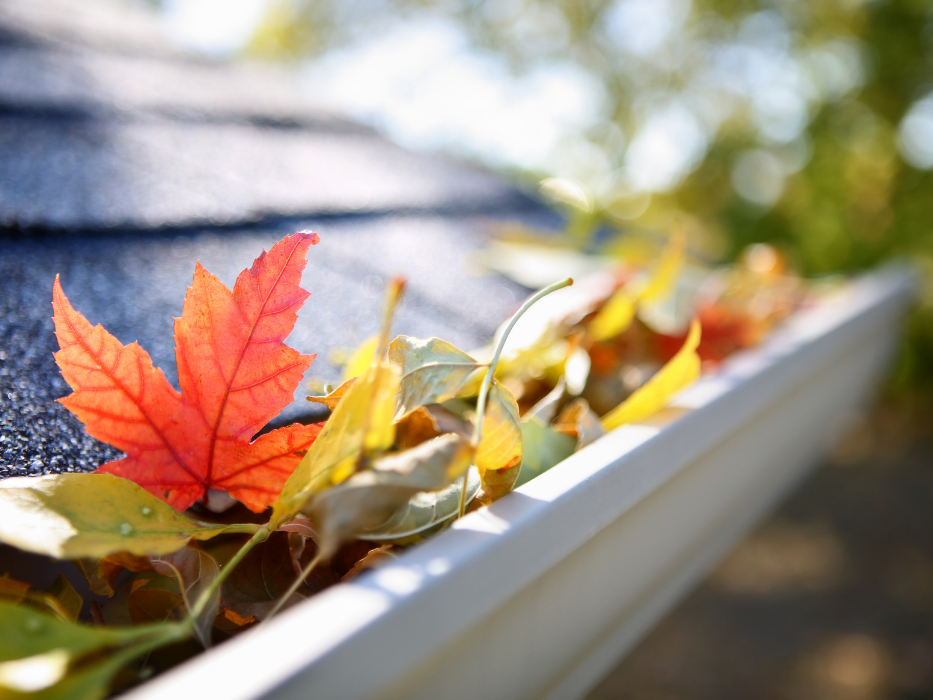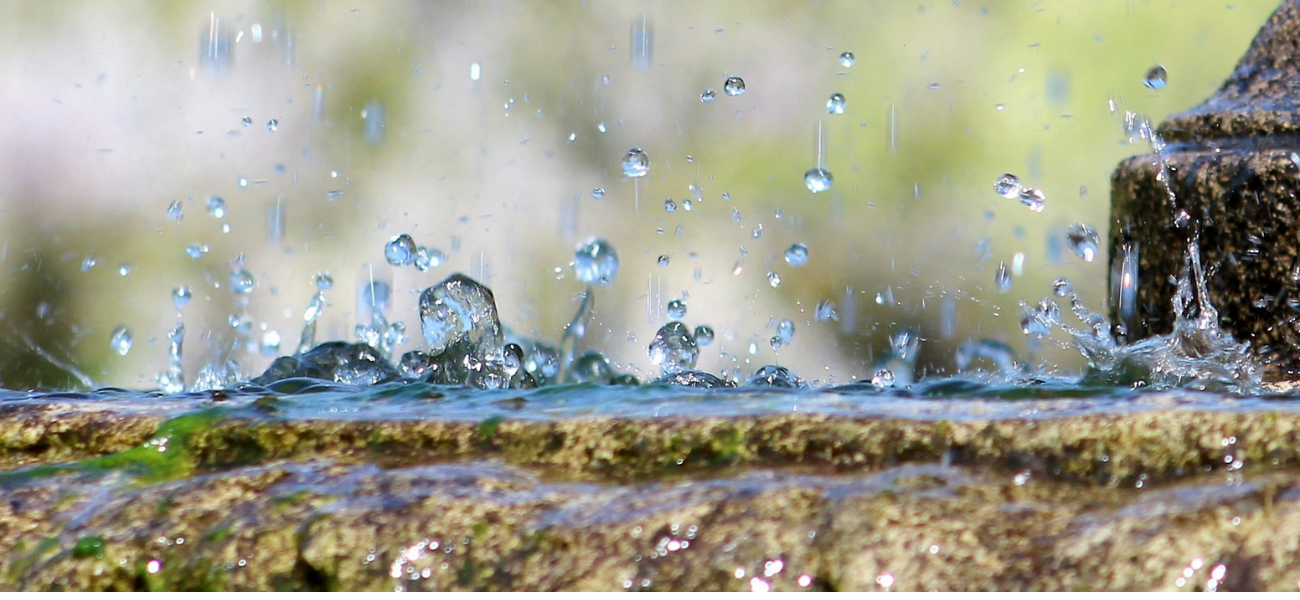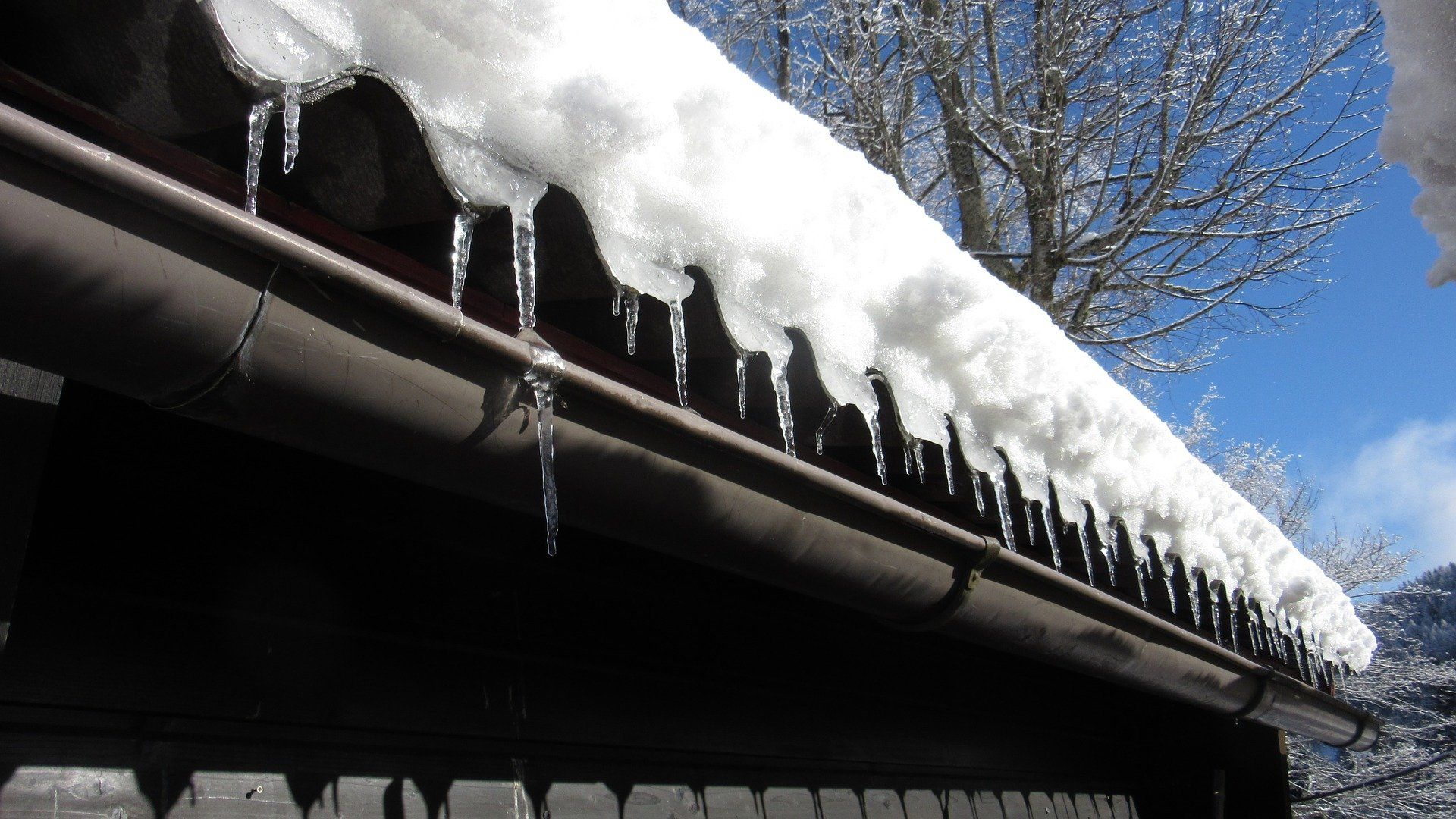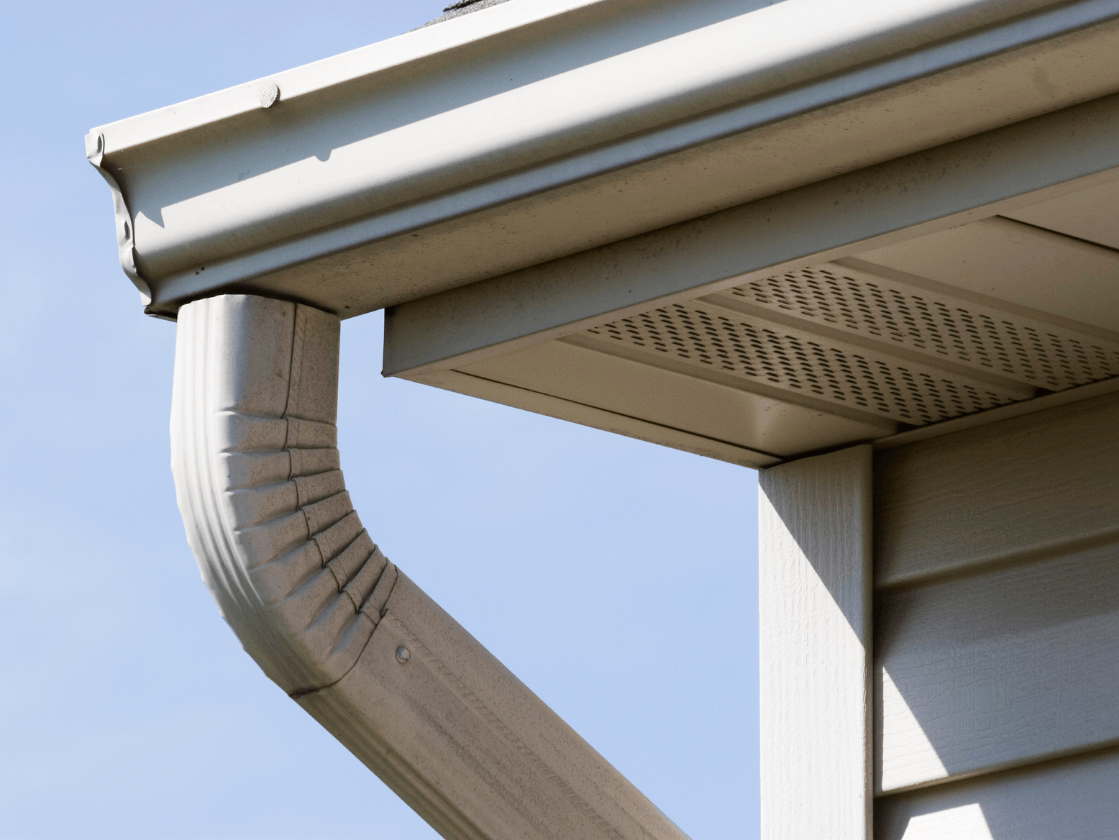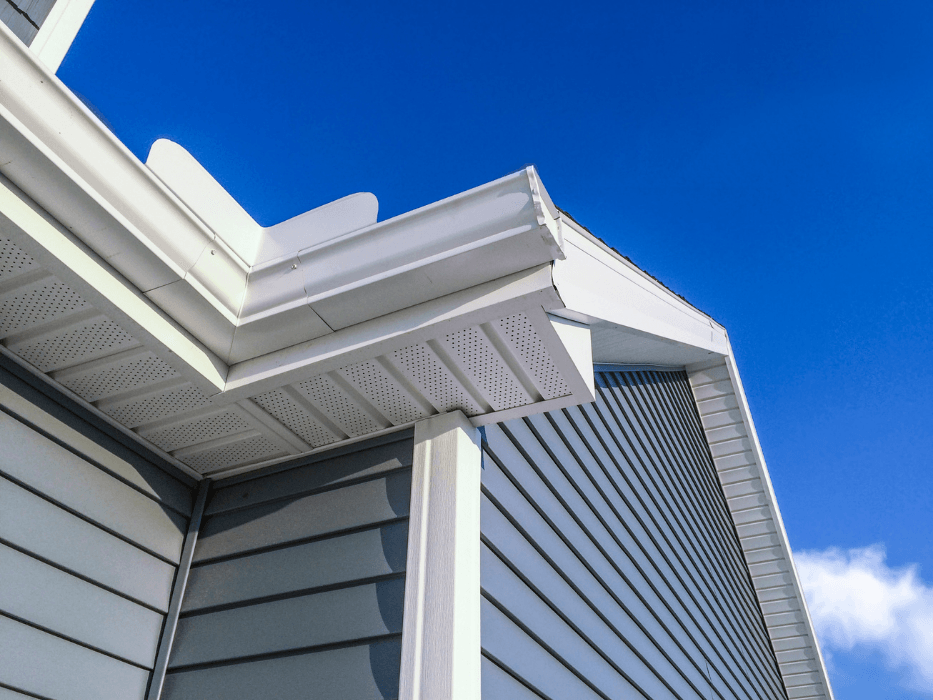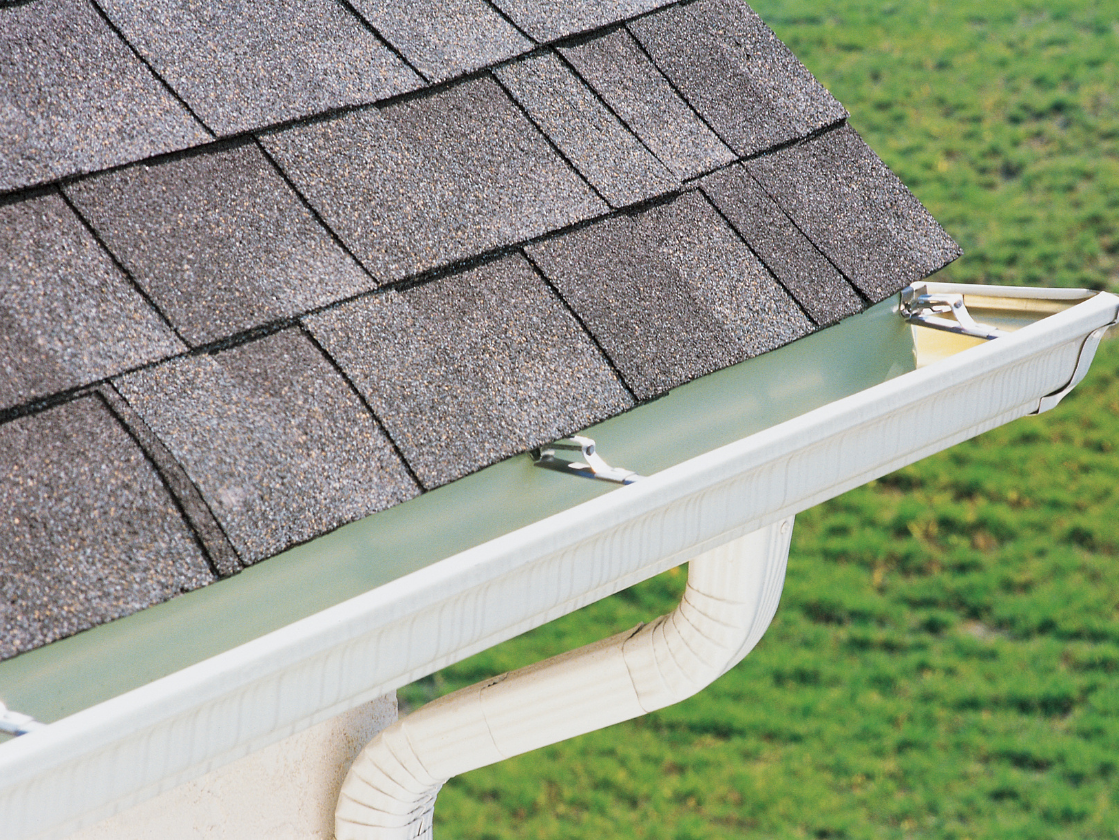What Is A French Drain And When Do You Need One?
When Do You Need A French Drain?
A French drain is a trench made on a downward slope that is designed to direct water away from your property. It is usually filled with round gravel. This takes advantage of water's natural route as it flows down slope.
It's called a French drain after its inventor, Henry French, who was a farmer and a judge from Concord, Massachusetts. He wrote a book in 1859 about drainage on farms and presented his idea. These drains did not originate in France.
The Workings Of A French Drain
French drains make it possible for water to travel through the ground easily. At the bottom of the trench is a perforated pipe. The water goes into the trench which is filled with gravel. From there it drains into the pipe and empties into a space that is far away from the property.
In laying out the trench in a particular direction, it needs to be sloped around one inch per eight feet. You can divert the water to an area such as:
- a dry well
- a ditch for drainage
- a space on your property that lays low
- The street
When Should You Consider A French Drain?
- When surface water pools on your property, like on your driveway or on your lawn
- When water is seeping into your basement
- When you are on the side of a hill and you have a retaining wall
For Surface Water Problems
Make a type of French drain called a curtain drain. It is a shallow drain that stretches across your property horizontally, on the uphill of the area you want to keep dry. It catches the water and directs it away from the areas that are soggy.
It only has to be around two feet deep and 1.5 feet wide. If the drain has to cross through areas with vegetation, use solid pipe instead of perforated pipe so plant roots will not grow into the pipe and clog it.
The estimated cost per linear foot is about $10 to $16.
For Basement Water Problems
This requires a footing drain, which is a French drain that is deeper. It goes around the footing of the property and catches water before it gets into your basement.
These drains can be easily added during the construction of the house, but it is costly to add to a finished home. If your basement walls are tall, you might have to dig deeply until you get to your foundation's footing. In addition, you might have other outdoor features like a deck or pathways that need to be torn out before the drain can be added. This all increases the cost.
If the slope is not steep enough for the drain to be effective, then you might need to direct the water to a receptacle in the basement and use a sump pump to pump the water out to the storm drains.
Estimated cost to install a 6-foot deep footing drain for a 1,500 sq. ft. house is about $12,000.
An Interior French Drain
This type of drain catches water as it gets into your basement. This is a better option than the footing drain. However, if it is being added to a finished house, you will have to take down interior walls to install it. Still, if the water is damaging your basement, the walls should be replaced anyway.
The drain is dug around your basement floor. The concrete is removed, and a perforated pipe is laid inside the trench. The water flows through the pipe and into a collection tank in the floor. A sump pump directs the water outside to a storm drain or into the yard.
The trench is covered with a a thin layer of cement, but with a gap around the edges to trap water that drips down the walls.
Water Problem With A Hillside Retaining Wall
When constructing a retaining wall, make a French drain behind the first row of building blocks. If you don't, then water flowing down against the wall will push the wall and make it fail. The pipe for the drain should be laid on the same gravel used for the wall's concrete footing.
To keep silt from clogging the drain, before you lay down the drain gravel and the pipe, cover the footing and a part of the slope with landscape fabric. Right before you get to the top of the wall, fold the fabric over the gravel as if to wrap it, and cover it with a few inches of soil.
